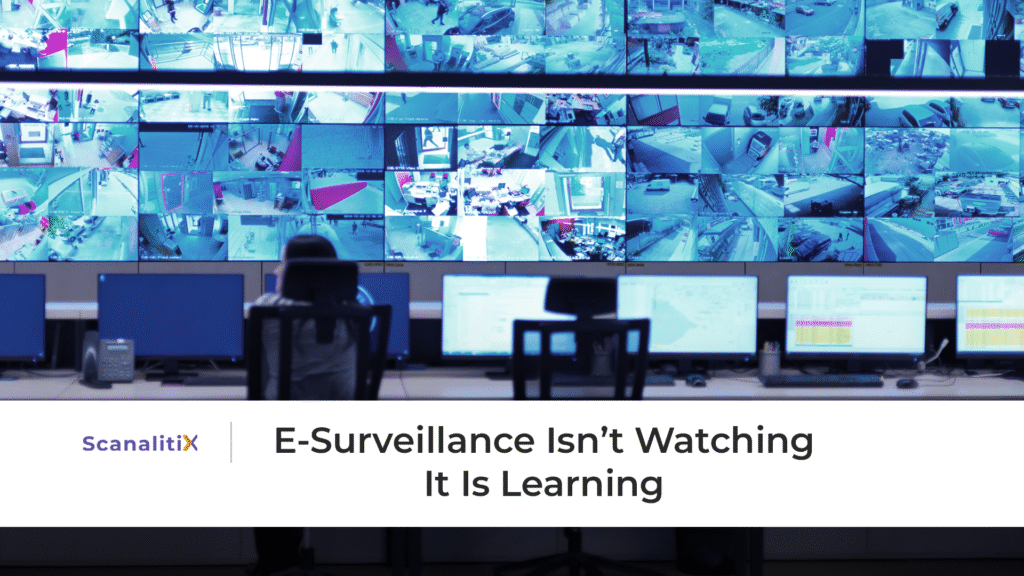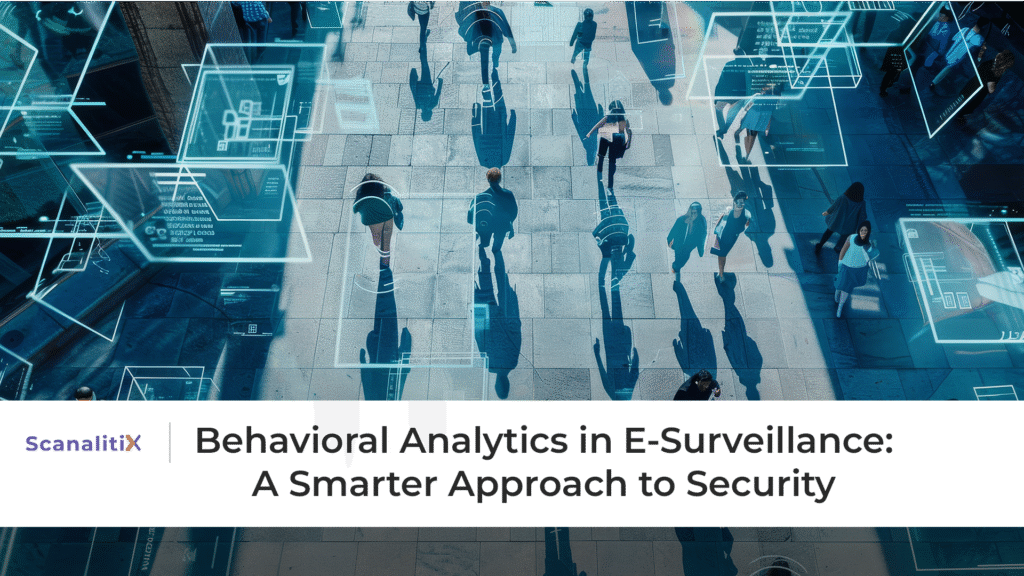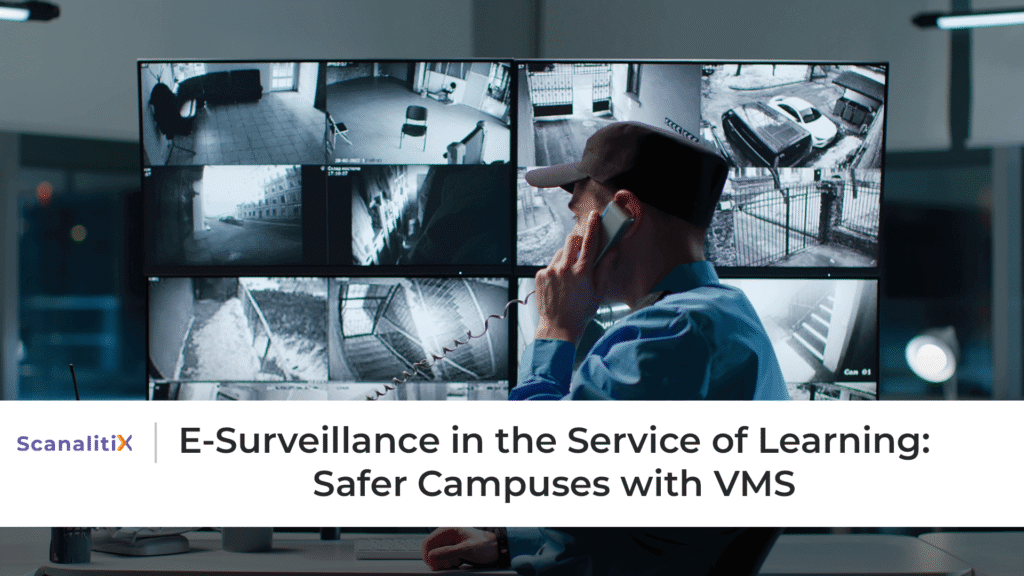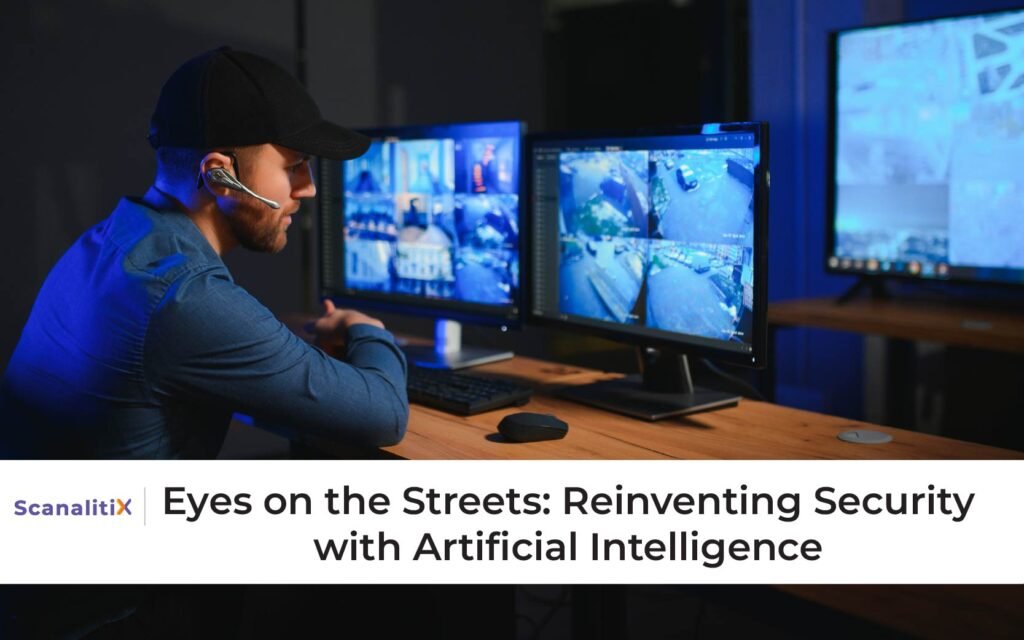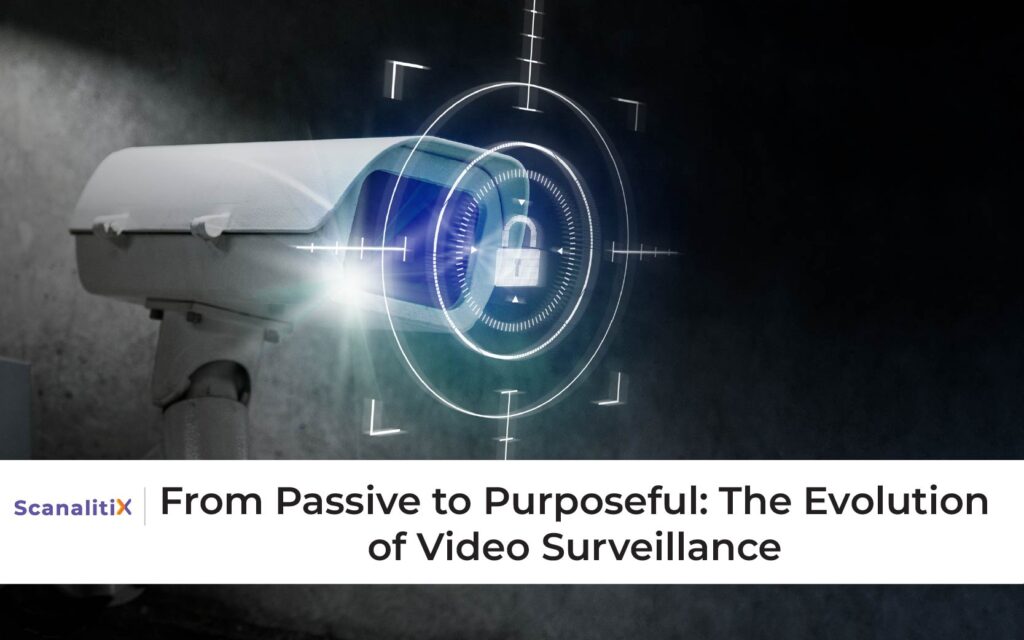E-Surveillance Isn’t Watching — It Is Learning
E-Surveillance Isn’t Watching — It Is Learning In a world where the phrase “Big Brother is watching” once evoked fear, a quieter and more sophisticated revolution is taking place. E-surveillance has evolved beyond mere observation. It now involves learning, anticipating, interpreting, and adapting to complex environments. The once-passive cameras mounted on walls and poles are no longer straightforward recording devices. They have become intelligent systems capable of recognizing patterns, detecting anomalies, and enhancing security in ways that were once considered beyond reach. Welcome to the era of e-surveillance, where observation meets intelligence. What Is E-Surveillance? E-surveillance, or electronic surveillance, refers to employing electronic devices and systems to monitor activities, behaviors, or surroundings. It is primarily implemented to support security, ensure safety, or maintain regulatory compliance. However, the present systems are far more advanced than traditional CCTV setups. Modern e-surveillance is driven by artificial intelligence (AI), machine learning, data analytics, and remote monitoring. Imagine a security camera that records footage and identifies potential threats in real time. It can notify authorities and accurately distinguish between a stray animal and a human intruder. That is not a scene from a futuristic movie; it is happening now. a quieter and more sophisticated revolution is taking place. E-surveillance has evolved beyond mere observation. It now involves learning, anticipating, interpreting, and adapting to complex environments. The once-passive cameras mounted on walls and poles are no longer straightforward recording devices. They have become intelligent systems capable of recognizing patterns, detecting anomalies, and enhancing security in ways that were once considered beyond reach. Welcome to the era of e-surveillance, where observation meets intelligence. The Shift from Passive to Proactive Traditional surveillance systems operated reactively. An incident would occur, and the footage was reviewed afterward, often when it was too late to prevent the outcome. However, e-surveillance has flipped that model. AI-powered cameras now analyze live feeds, detect suspicious behavior, and alert security personnel before incidents occur. It is like having a digital security guard on duty 24/7, never blinking, never missing a beat. For instance, in a warehouse environment, remote video monitoring systems identify occurrences of unauthorized access, prolonged presence, or activity within restricted zones. These actions are identified and addressed in real-time. This is not passive watching. It is proactive security. Learning Machines: The Rise of AI in Surveillance At the core of this transformation is machine learning. It enables systems to improve their performance over time by processing and analyzing increasing volumes of data. In the context of e-surveillance, AI learns what normal behavior looks like and flags deviations from the norm. Here is how it works: Facial Recognition: Identifies individuals from video footage. Behavior Analysis: Recognizes crowd formation, erratic movement, or tailgating patterns. Object Detection: Spots unattended bags, weapons, or vehicles. Predictive Analytics: Anticipates incidents based on historical data. These are not pre-programmed responses. They are informed judgments made by learning systems. The more data these systems process, the more intelligently they operate. According to a 2024 report in the Financial Times, the market for AI-enhanced cybersecurity products and services is projected to grow from about $24 billion in 2023 to nearly $134 billion by 2030. Benefits of Intelligent E-Surveillance As security challenges become more complex, traditional surveillance methods often fall short. Intelligent E-surveillance offers a dynamic, adaptive approach that addresses modern risks with greater precision and efficiency. The integration of AI into surveillance is not just a technical upgrade. It is a game-changer. Here is why: Faster Response Times: Authorities can respond immediately when threats are identified in real time. There is no waiting for someone to review the footage. Reduction in False Alarms: Intelligent systems can differentiate between a cat walking by and an individual trying to breach a perimeter. This accuracy saves time and resources. Cost Efficiency: AI-enabled e-surveillance reduces the need for physical guards and manual monitoring, offering significant long-term savings. Scalability: Whether you are managing a single site or hundreds, smart surveillance systems scale seamlessly and provide centralized control. 24/7 Vigilance: Unlike human staff, e-surveillance systems do not sleep, get distracted, or call in sick. Real-World Applications As security challenges become more complex, industries are turning to intelligent e-surveillance for advanced, faster, and more reliable solutions. Its adaptability makes it valuable across various environments and use cases. From retail to logistics, intelligent e-surveillance is making a real difference. Retail Stores: Prevent shoplifting through real-time alerting and customer behavior analytics. Construction Sites: Secure expensive equipment and monitor for unauthorized access. Warehouses: Track inventory movement and detect policy violations. Parking Lots: Enhance safety through license plate recognition and suspicious activity detection. The common thread? Real-time awareness and intelligent action. Remote Video Monitoring: The Future Is Now The evolution of e-surveillance reaches its most effective form in remote video monitoring, a service in which Scanalitix specializes. With remote video monitoring, your property is watched by real human analysts empowered by AI. It is the perfect fusion of technology and human judgment. Here is what that looks like: Live E-Surveillance: Trained professionals monitor real-time feeds using intelligent software to detect threats. Instant Alerts: When something’s amiss, you or local law enforcement are notified immediately. Incident Documentation: All footage is recorded, categorized, and stored for future review or evidence. Custom Analytics: Get reports and insights tailored to your operational needs. This goes beyond traditional surveillance. It is a strategic approach built on actionable intelligence that keeps your business secure and gives you peace of mind. But Wait — What About Privacy? It is a valid concern. As surveillance becomes advanced, the lines between security and privacy can blur. That is why reputable providers like Scanalitix implement strict data governance and compliance protocols. All systems adhere to legal standards like GDPR and CCPA, ensuring ethical, responsible use of data. Modern e-surveillance should empower, not oppress. When implemented properly, it safeguards freedoms by preventing threats rather than violating personal space. Why Scanalitix? Scanalitix understands that security is no longer just about observation. It is about gaining insight. Its remote video monitoring services are powered by intelligent e-surveillance

